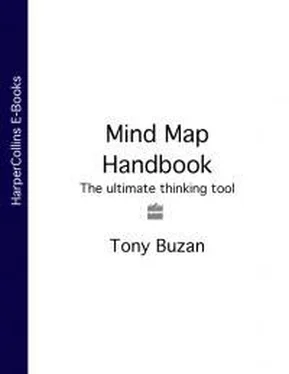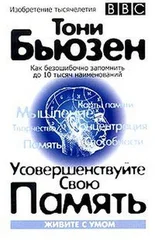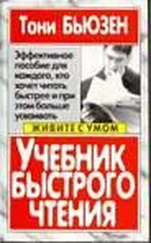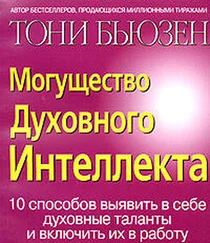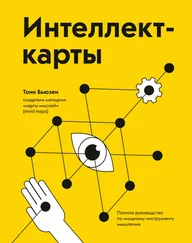Proof Number 1: the Master Singing Birds
Let’s return to Suzuki. Not only did he discover that songbirds learned from the Master Singers they copied; he found that every bird brain was able to copy the Master Singer. In other words, as long as the chicks had been allowed to copy and try repeatedly, mastery was not only easily accomplishable, it was simply the second, natural stage of learning. After the chicks had all reached this elementary stage (it is nice to think that mastery is elementary, isn’t it?), each chick developed its own variations on the theme.
A bird’s brain, in comparison to yours, is incredibly simple. If its brain can do it, so can yours. As long as your brain is allowed to copy a Master and to practise continually, it too can achieve a high standard.
Every Child can Play the Violin
Suzuki decided to put his theory into practice by teaching very young children to play the violin. He didn’t give them books of musical notation, but simply allowed them to copy basic movements that he made on the instrument. He taught other teachers to do the same. It worked.
Today, at the beginning of the 21 stcentury, hundreds of thousands of children world-wide have learned to play the violin and other musical instruments, including their voices, using Suzuki’s methods. Not a single child has been found who cannot play well. The same technique has been applied to adults, with similar results.
The probability that you are the only person who could not so learn, is infinitesimal! You are a natural Creative Musician!
Proof Number 2: You Speak – Therefore You Sing!
Do you speak? Of course you do!
How did you learn? By copying others.
What did you copy? Sound, rhythm, beat, accent, cadence, words, volume, notes, movement, pitch, emphasis and pulse.
What do all these things constitute? Music !
If you listen to a crowd of people speaking a foreign language of which you know nothing, you will realize that they are all singing. The reason why so many of us think we can’t sing is that, although we have been singing all the time, it was called something else: speaking.
Proof Number 3: You Already Play One Musical Instrument
Throughout your life you have been using a musical instrument – your voice! Your voice is a musical instrument of astounding complexity. It is comprised of your lips, mouth, tongue, larynx, throat, lungs, diaphragm, teeth, bones and all the cavities in your skull.
It is comprised of billions of working parts, and it makes the most sophisticated violin, guitar, piano, organ, synthesizer, or any other musical instrument pale into insignificance! And you have been playing and creating with it since the day you were born. You are a natural Creative Musician!
Proof Number 4: Your Second Musical Instrument
Not only have you used your vocal musical instrument for all of your life, you have used a second one too – your ear. Your ear is another astounding instrument of far greater complexity and sophistication than anything made by humankind. It comprises thousands of working parts, and is similar to your eyes in its creative capacity.
Every tune you have ever hummed, every song or aria you have ever heard, every pop or rock anthem or natural music to which you have danced or dreamed, every concerto or symphonic work that has held you enthralled, has been played and re–created by you .
In the same way that your eyes have helped you create your millions of artistic masterpieces, so your ears have been the instruments with which you recreated and re-re-created (remembered) every note of every song and piece of music that you have ever heard ‘out there’ and which your brain decided to re-create for its own vast musical library.
The Great Creative Musicians: ‘Nature’ or ‘Nurture’?
Popular mythology holds that the great creative musicians were ‘born’ musical; that they virtually came out of the womb composing! Nothing could be further from the truth!
Case History – Ludwig van Beethoven
In 1770 Beethoven was born not a musician, but into a world of music.
Most of his relations were singers, pianists or instrumentalists, and his father was intent on providing him with the best musical education possible. As a result Beethoven studied under some of the greatest musicians of the age, including Haydn; ‘the best help create the best’.
In the town where Beethoven lived, music was a constant presence, manifesting itself in the form of street musicians, festivals, musical evenings at concerts or in homes, and regular singing and playing in the local church.
Just in the same way that you learnt to speak the language of words, Beethoven, at the same pace as you and with the same dedication, learnt the language of notes. Just think how many hours your baby and child brain spent learning and practising language, and how many hours you spend each year using language – that is how hard Beethoven worked!
Case History – Wolfgang Amadeus Mozart
Like Beethoven, Mozart did not come into the world composing symphonies. He was the youngest son of Leopold Mozart, who was a professional musician – the Musical Director of the Archbishop of Salzburg, and an accomplished teacher.
Young Mozart learnt the language of music, day in and day out, from one of the best private tutors possible. Also like Beethoven, Mozart worked prodigiously hard at his chosen area of creative expression. It is reported that he would often work as many as 18 hours a day.
Case History – Johann Sebastian Bach
Johann Sebastian Bach, who like Beethoven and Mozart was a prodigious and prolific composer, is also often considered to have been a ‘natural’. He was only a ‘natural’ if ‘natural’ equals ‘worker’!
Bach was born in 1685 into a family that, again like Beethoven’s and Mozart’s, was comprised mainly of musicians. They all taught the young Johann, especially his elder brother Johann Christoph, the organist at Ohrdruf, who taught his young brother to play both the organ and the clavier, and whose style Johann Sebastian copied.
The Bach family had a tradition of exchanging knowledge, and by the 1840s each had been teaching the other to the extent that the family numbered 70 musicians! This was not a ‘genetic triumph’. It was a triumph of family tradition and mutual education, culminating in the young Johann Sebastian.
Bach used to give himself Creative Productivity goals – one of them was to write a cantata (a medium-length piece of music with solo voice and, normally, choral and orchestra parts) once a week, even when he was sick or exhausted. He is modestly reported to have said to his pupils: ‘Anyone who works as hard as I did will do as well.’ ‘As hard as I did’ meant between 10 and 18 hours of work a day for nearly 60 years – 328,500 hours in total!
We now have undeniable proof that you are naturally musically creative. It is time to go take part in the Creativity Workout for a thoroughly enjoyable musical session!
Creativity Workout
1. Sing!
Go back (or continue with even more gusto!) to singing in the bath and the shower! If anyone complains, ask them to help you improve!
2. Dance!
Dance is a natural expression of your natural sense of rhythm and incredible creative musicality. Try all forms from disco to aerobic (good for your brain and heart as well), jazz and ballroom.
Whenever you dance (and the more often the better) unleash more of your Creativity by experimenting with and learning new moves, rhythms and forms.
Читать дальше
